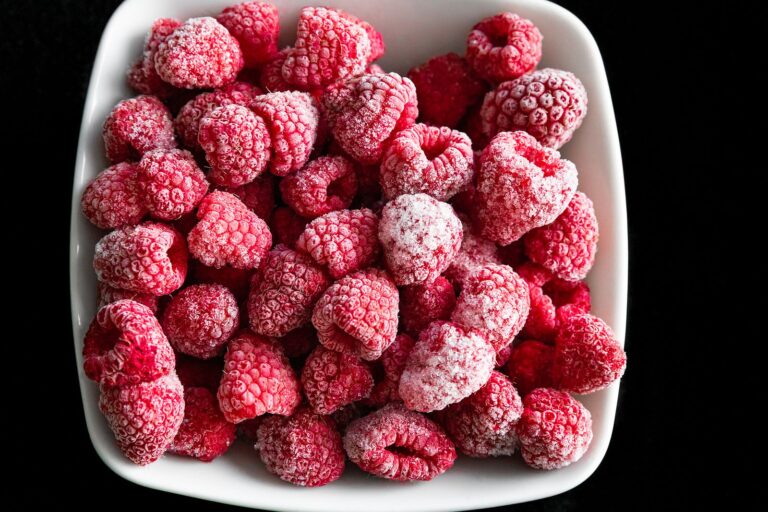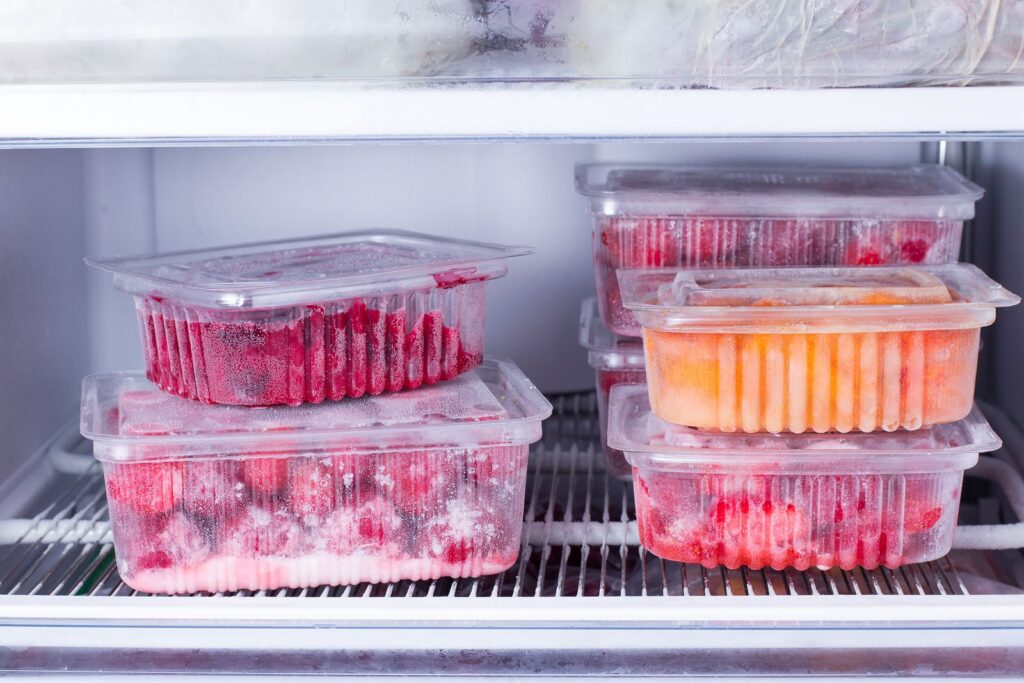
Freezing Fruits and Vegetables
Enjoy produce “fresh” from the freezer
“Eat your vegetables, they’re good for you” and/or “An apple a day keeps the doctor away.” Haven’t we all heard these phrases over the course of a lifetime? Although lots of us had to be cajoled or bribed to eat our fruits and vegetables as kids, plenty of us find them much more appealing today. In fact, many of us now find them downright delicious!
Fruits and vegetables are filled with flavor and packed with nutrition. Freezing fruits and vegetables while they’re in season is an easy and convenient way to enjoy them all year round without making daily trips to the grocery store or local farmer’s market.
According to the United States Department of Agriculture, freezing can preserve the flavor and health benefits of most produce. When properly prepared and stored at 0°F or below, many fruits and vegetables can be safely frozen for as long as a year.
The taste and condition of any frozen food depends on how fresh it was before freezing. The techniques used to prepare fruits and vegetables for freezing and the type of packaging used for storing them in the freezer also affect quality.
Of course, some varieties of fruits and vegetables freeze far better than others. For the best quality, select fruits and vegetables that are fresh from the garden. Although most will retain flavor and nutritive value after being frozen, some will end up with a much softer consistency after being frozen than when fresh.
Check online for specific directions on how to best freeze fruits and vegetables of your choice. Here are some general suggestions.
A few helpful tips about freezing produce…
All fruits and vegetables should be washed in cold water and thoroughly dried before freezing. Cores, pits, stones, skin, and unripe or rotting pieces should be removed as necessary. Fruits and vegetables should be stored in packaging specifically designed for freezing, such as freezer wraps and bags, vacuum packaging, strong plastic containers, or even glass.
Freezing Fruit
A variety of techniques can be used to prepare fruit for freezing. Often the method will depend upon the type of fruit being frozen and what the fruit will be used for when thawed. Fruits may be frozen in water, syrup, or juice. They may be frozen whole, in pieces, crushed, or pureed. Small fruits – like blueberries and grapes – are often frozen whole, while larger fruits are usually halved, sliced, or chopped.
Light colored fruits, like apples, bananas, pears, and peaches, can turn brown during freezer storage. To eliminate browning, ascorbic acid (vitamin C) or a prepared commercial mixture may be added to fruit prior to freezing.
Freezing Vegetables
Freezing vegetables is a bit different than freezing fruit. Vegetables best suited for freezing are those cooked before serving. Vegetables can be cut into manageable portions for freezing. To prevent the loss of nutrients and undesirable changes in color, texture, and flavor, almost all vegetables should be put through a process called blanching before freezing.
During blanching, vegetables are exposed to boiling water or steam for a brief period and then rapidly placed in very cold water. Blanching reduces the action of enzymes in vegetables that help them grow and ripen. These enzymes continue to act even after a vegetable is harvested. Although freezing can slow down the action of these enzymes, it does not stop the process.


Age Adds Flavor
We are not old, we are seasoned!
Don’t forget to visit us on FACEBOOK!
